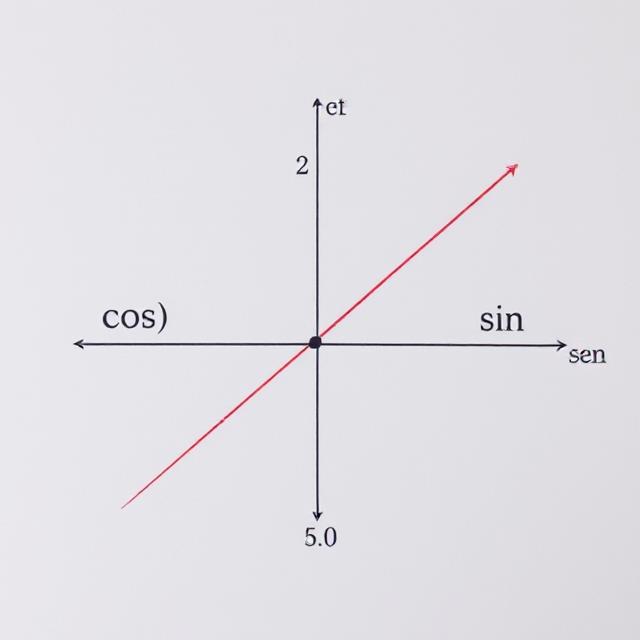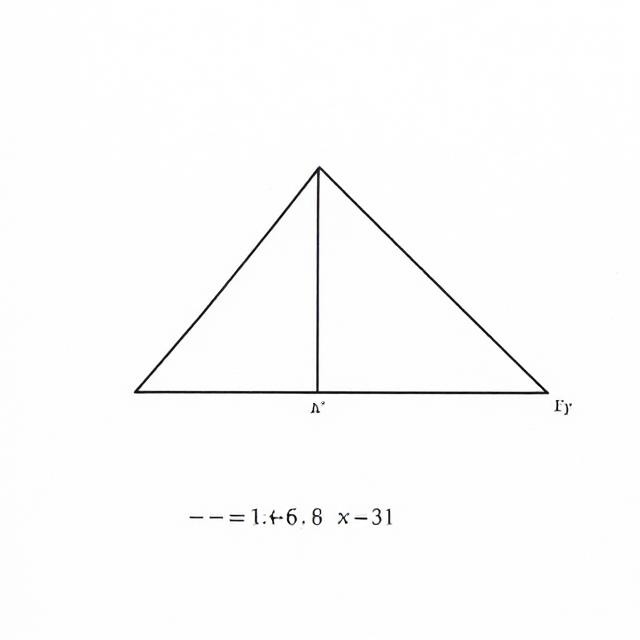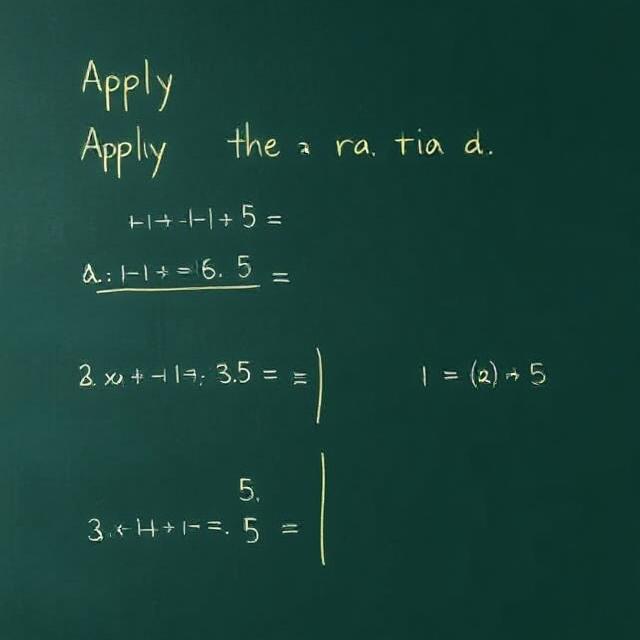Overview of Trigonometry
Ratios and Their Use in Geometry
The Triangle on the Right
Overview of Trigonometry The inherent characteristics of right triangles are clearly described by each of the trigonometric ratios that will be covered in this article. A triangle with two legs perpendicular to one another—that is, one of its internal angles—is said to be a right triangle.Overview of Trigonometry
The following phrases are used to describe different aspects of a right triangle when studying trigonometric ratios in right triangles:
- The longest side of a right triangle that faces the right angle is called the hypotenuse.Overview of Trigonometry
- Opposite: The side of the right triangle that faces straight across from the selected angle (θ on the diagram).
- Adjacent: The side of the right triangle that, when combined with the hypotenuse, makes the selected angle (θ on the diagram).
Trigonometric Ratios
As long as the angle of reference stays the same, the relationship between pairs of sides in right triangles stays constant and is unaffected by the triangle’s size. Trigonometric ratios are the names given to these regular relationships between the sides.Overview of Trigonometry

Cosine (cos), tangent (tan), and sine (sin) are the three primary trigonometric ratios.Overview of Trigonometry

The Ratio of Sine
Let’s use the aforementioned picture as an illustration. The ratio between a right triangle’s opposing side and hypotenuse is known as the sine ratio related to a reference angle. To put it simply, the following is how to determine the sine value of the angle with the symbol α:Overview of Trigonometry

The Ratio of Cosine
The ratio of the neighboring side’s length to the hypotenuse’strigonometry functions
I length in a right triangle is known as the cosine ratio associated with a reference angle. Put more simply, you would calculate the cosine value of the angle with the symbol α as follows:trigonometry problems

The Tan Ratio
The length of the side opposite the angle divided by the length of the side next to the angle in a right triangle is the tangent ratio that corresponds to a reference angle. You would compute the tangent value of the angle using the symbol α as follows:

In geometry, trigonometric ratios are used to determine the missing sides of right angles. An appropriate trigonometric ratio can be used to calculate the length of the remaining sides if at least one angle and a side’s length are known.
We must employ a ratio that incorporates those two sides because the opposite side is known and the hypotenuse needs to be computed. This is the opposite/hypotenuse sin ratio.
Step 3: Apply the ratio and simplify

Trigonometric applications in geometry
Trigonometry aids engineers and architects in the precise design of buildings. Suppose you wish to know the height of a tall building that is far away from you. You may determine the building’s height using trigonometric principles by measuring the angle formed between the ground and your line of sight to the top.

Furthermore, trigonometry is useful for predicting heights and distances in everyday scenarios like traversing a city or trekking a trail. People can successfully plan their trips and ascertain their position by calculating angles and using landmarks.
Trigonometric ratios offer useful answers to everyday geometry issues, such as determining a tree’s height or the distance to a location.
Conclusion
As you can see, trigonometry is an effective instrument that enables us to investigate our surroundings and resolve challenging geometric problems. You can investigate the connections between triangles’ angles and sides by comprehending trigonometric ratios.




